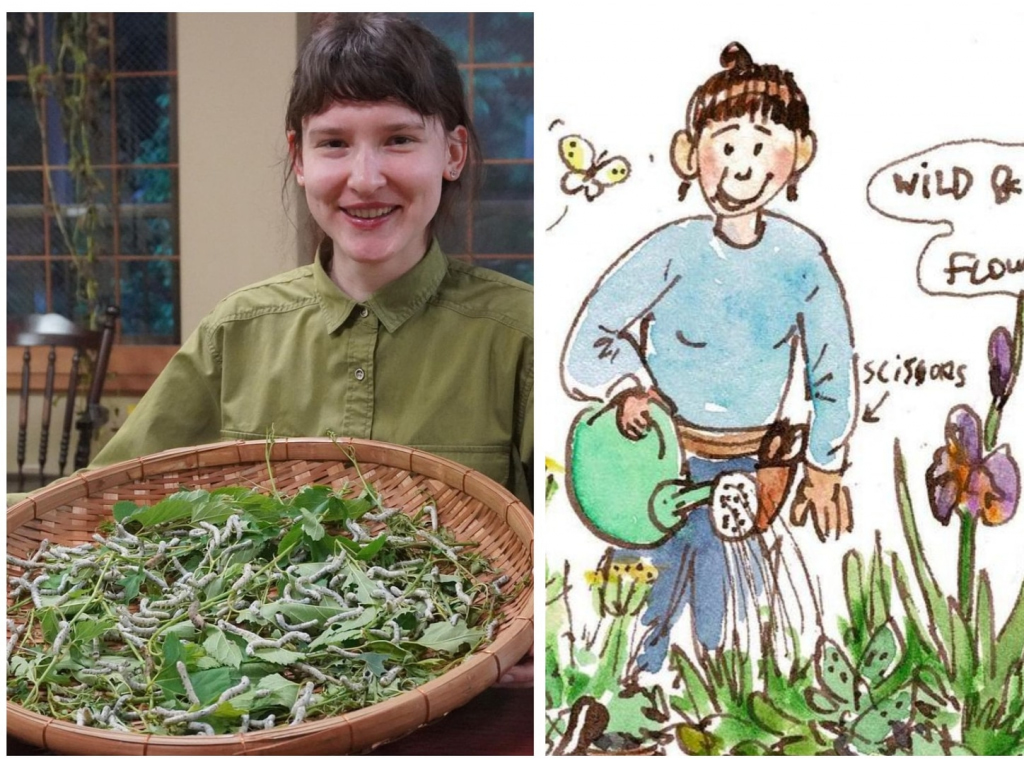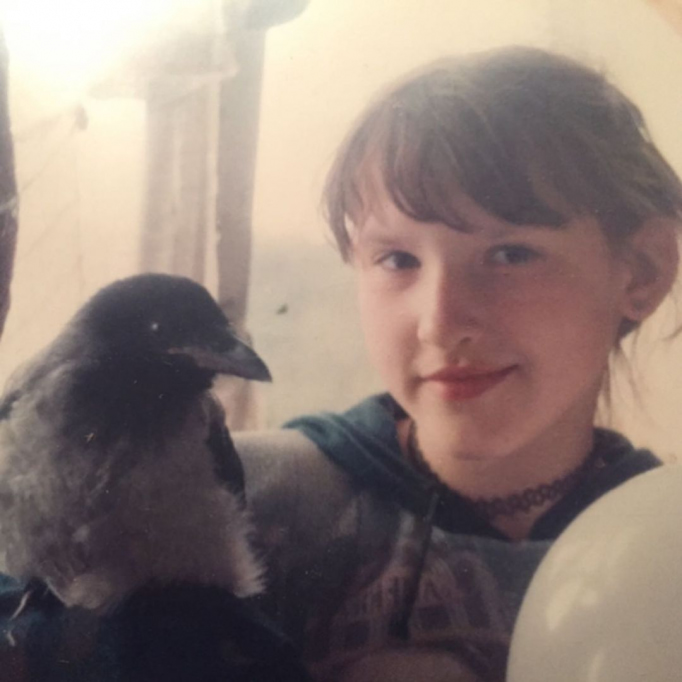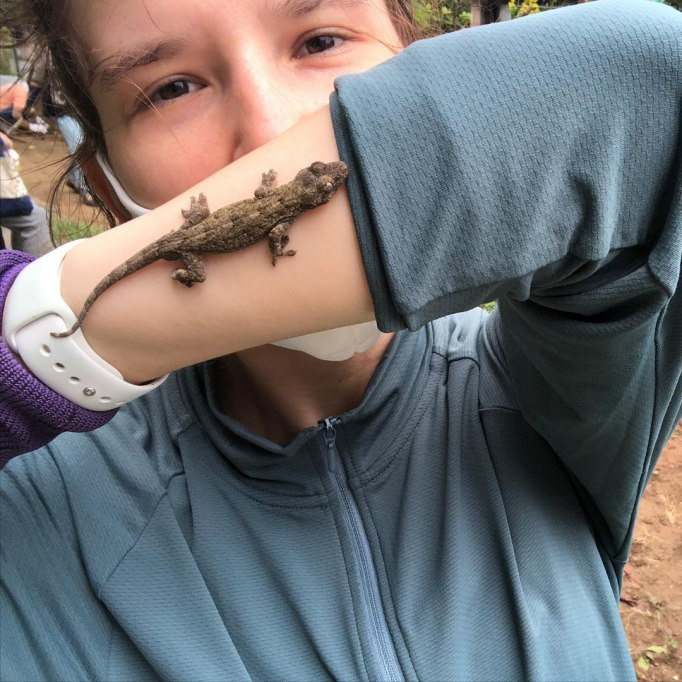“Skeletons would tell their stories if only they had a pen, a piece of paper and a bit of curiosity,” Mariia Ermilova Terada believes. She is what we call a green thinker. An ecologist and a bio-sketch artist, she’s also a researcher and a doctoral degree holder from Chiba University in environmental science.
Spending time observing frogs, flowers, slugs, worms, tadpoles, lizards and journaling about them are some of the things that make this young environmentalist’s eyes twinkle.
1. When did you decide that you wanted to get this close to nature and has slow living changed you as a person?
Nature and drawing have always been my way of communicating with people. I was born in Nizhny Novgorod, a city in Russia at the confluence of Volga and Oka rivers that is blessed with diverse ecosystems. My summer holidays were all spent in the countryside of Nizhny in the woodlands playing with my elder brother, climbing trees, foraging mushrooms and wild berries. Slow living is the only way I know to exist. Turns out, the holistic upbringing my parents gave me turned me into a naturalist.
2. When and why did you move to Japan?
At eight years old, I started volunteering for an ecological organization in Nizhny. I cleaned rivers, planted new trees in forests, participated in plays creating awareness about climate change and stood in rallies against parks being demolished to build malls.
But by the time I graduated, I knew that in order to bring about a fundamental change, I needed to be where decisions are made. Not at the end of the problem, but at the forefront. That’s when I decided to study environmental science further. But unfortunately, the urban planning field is still developing in Russia. In Japan, it’s at a far more advanced level.
Community design and eco-awareness are a part of the school curriculum in Japan from an early age. As a result, Japan is way ahead in urban planning, maintaining community areas, consciousness in preserving ancient land and creating self-sustenance models even in the most remote rural areas.
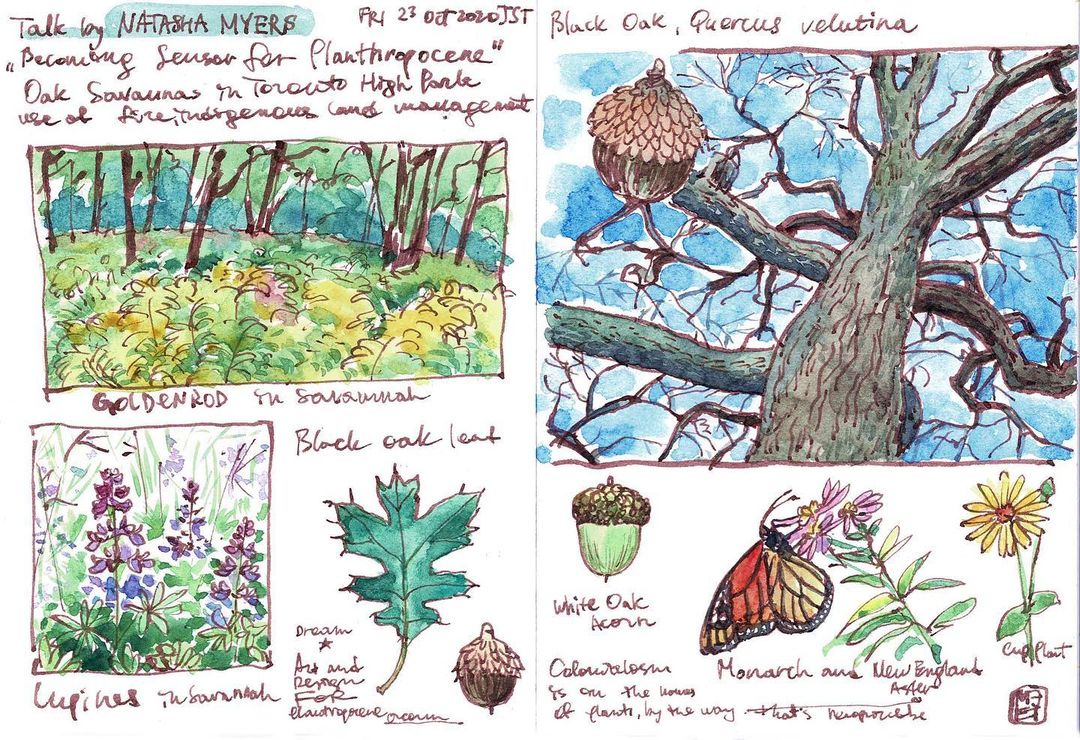
Six years ago, Japan seemed as far as the moon to me. But I’ve always wanted to live somewhere far away. After receiving the MEXT scholarship, there was no looking back. At 25, I moved to Japan and started my doctoral research at Chiba University Graduate School of Horticulture in participatory landscape planning.
I met my now-husband here too while studying at the university. We did quite a few neighborhood reformation projects together and eventually, I finished my Ph.D.
3. What are your favorite books or shows about nature that have inspired you in your journey?
My favorite author is naturalist Gerald Durrell. My father gifted me a set of his books as a kid. Durrell’s colorful and humorous descriptions of wildlife left a big impression on me. I remember reading them and imagining traveling to other continents, deep in the Savannah. I guess his books had a huge part in my becoming a naturalist.
A recent book I liked is A Tale for the Time Being by Ruth Ozeki. It touches on social and environmental challenges and the narration leaves you feeling surprisingly content.
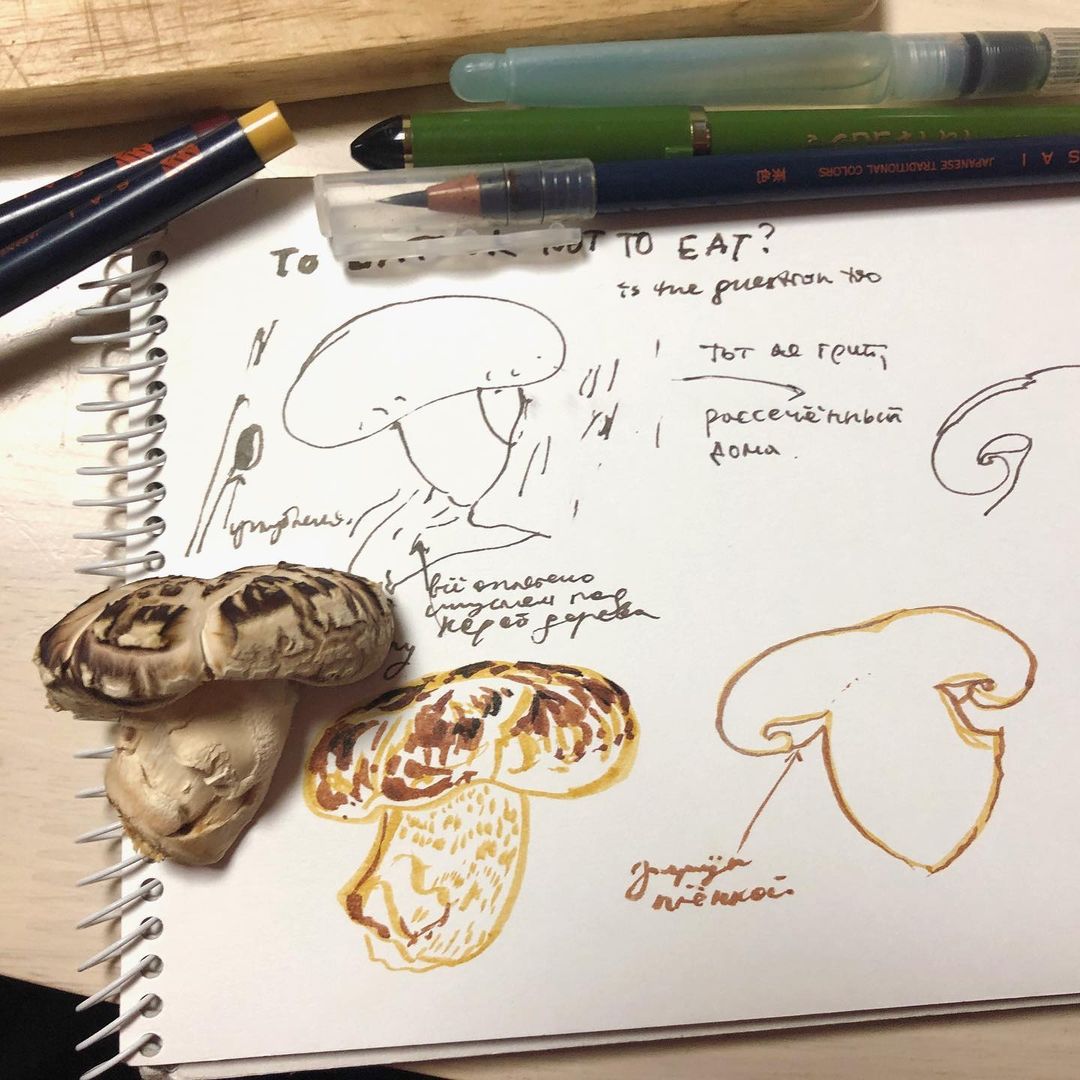
4. What is your favorite season in Japan and which crawlies do you look forward to working with most?
I like the summer for its abundance of insects. Butterflies in particular are extraordinary, just to observe their transformation. I’m growing butterfly host plants to attract them. Parsley, dill and celery for Papilio Machaon and Kumquat tree for Papilio Xuthus. Last month I released several butterflies through my window — it felt great.
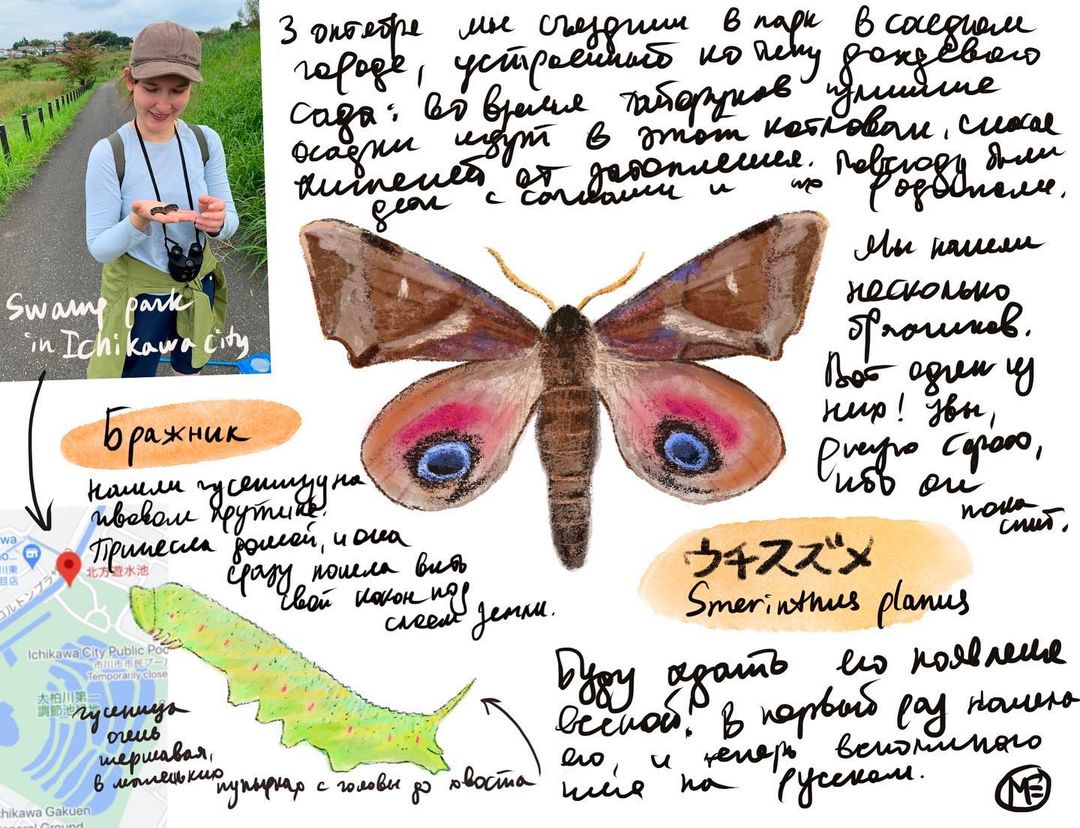
5. When did you start keeping a nature journal and would you recommend it to everyone?
I started drawing at an early age and have been keeping a sketch journal since middle school. After coming to Japan in 2015, I started drawing more regularly, reflecting on the new environment. However, keeping a “proper” nature journal is a recent thing from two years ago. I discovered an online community called The Nature Journal Club on Facebook and started learning more about journaling methods. There is no set age at which you should begin; nature journaling is for everyone who wants to enjoy a very fulfilling activity.
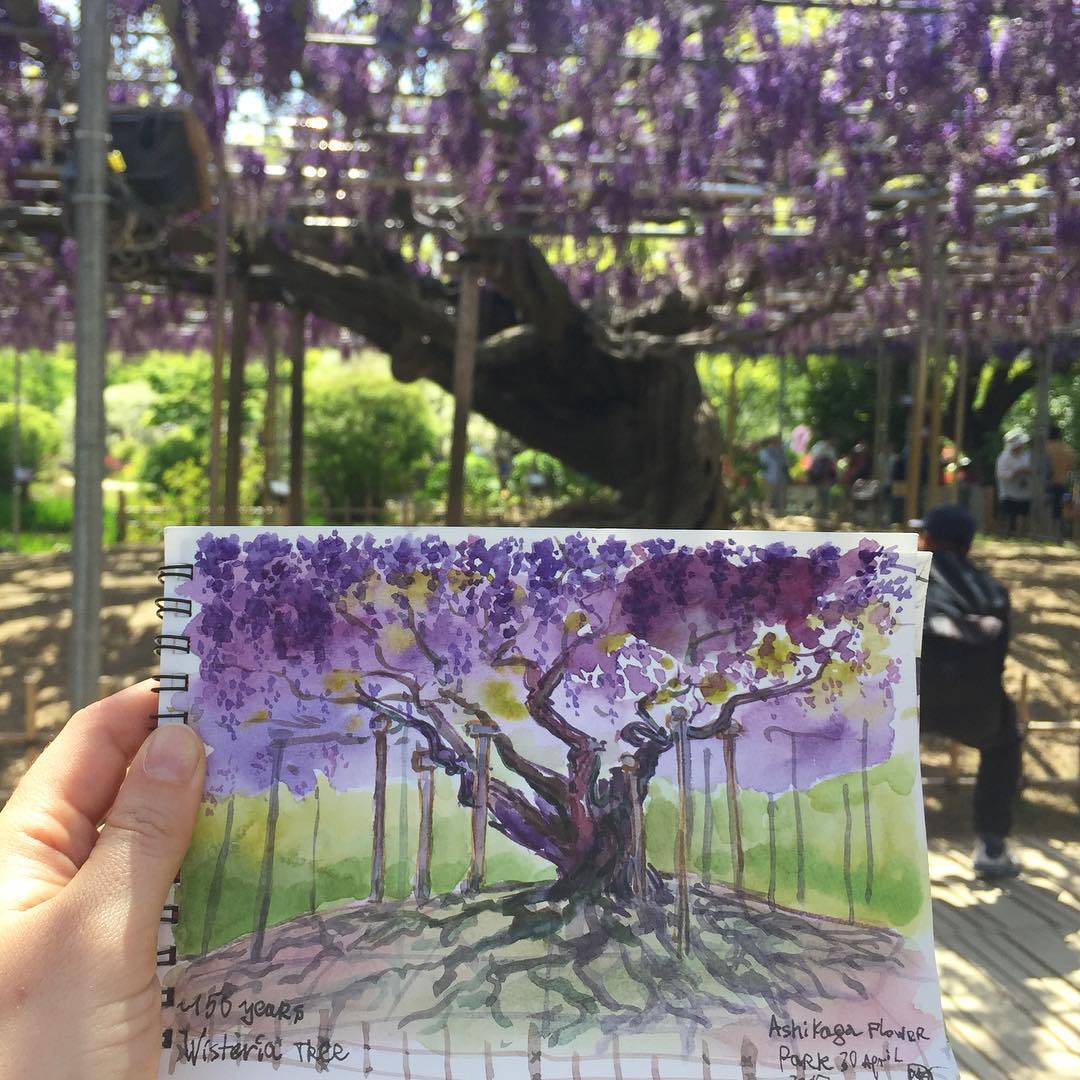
6. How can people, especially city-dwellers, cultivate a meaningful relationship with nature?
The best way to care is to attempt. Engaging to form a meaningful relationship with nature doesn’t have to be complex. Creating awareness, understanding nature as nourishment and the most important is knowing our role and understanding our privilege to bring about change. Even when we have nothing, we have the power of our choices. I would advise owning a few native plants, not exotic flowers and genuinely caring for them.
Also, city people should avoid growing a green grass lawn in their backyards and apartments. They are an ecological catastrophe and contribute to a very high carbon footprint.
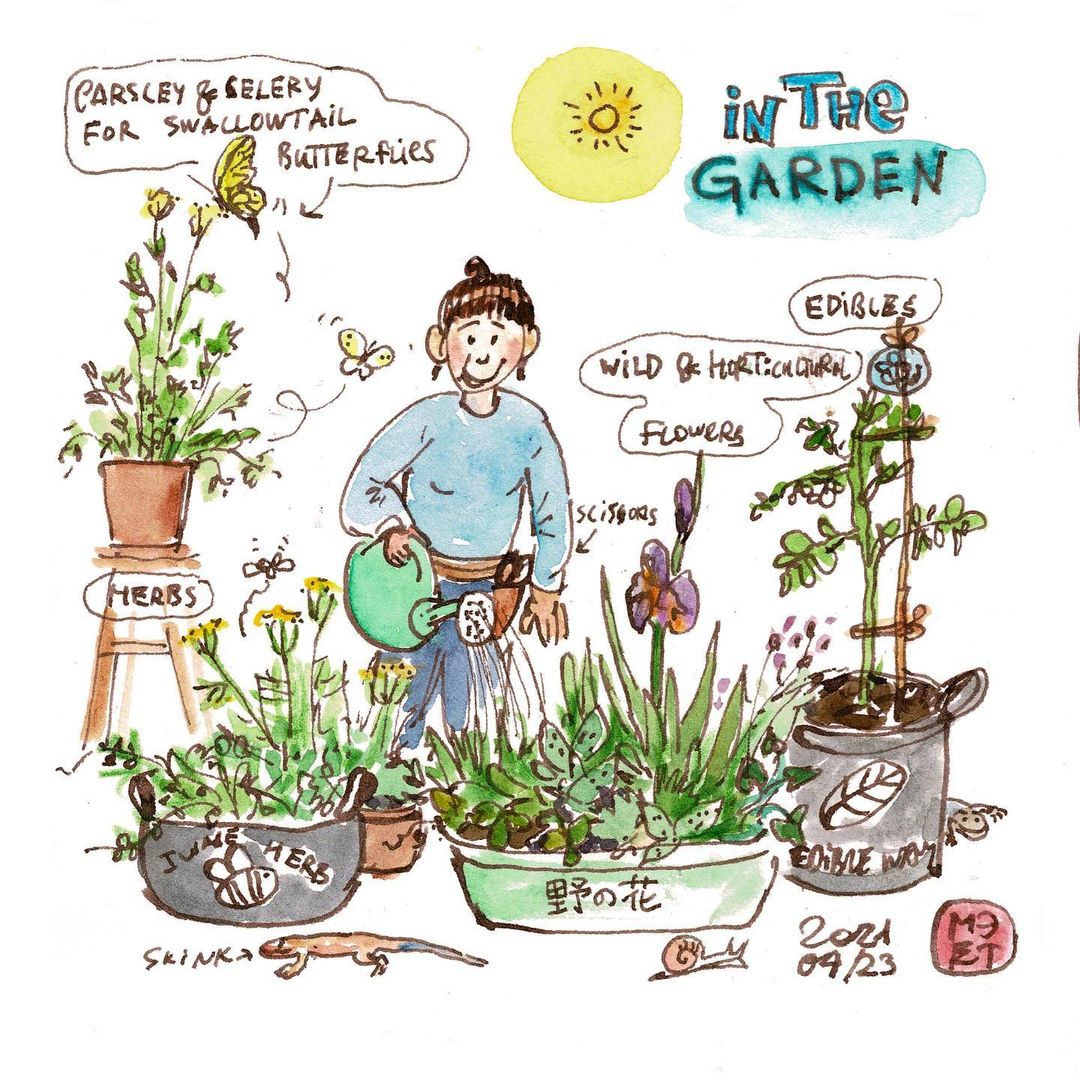
7. In your opinion, how important is it to activate a sense of curiosity about nature among kids?
Not just kids, I feel even teenagers and millennials need to reconnect with nature and disconnect from phones. That’s difficult during this pandemic as digital devices are the only way of forming a connection with the outside world. But it was during the pandemic that I started to sketch nature more. We just have to make sure that future generations don’t lose the reason to wonder and wander.
Nature journaling is a fantastic way of getting kids interested in nature. The simple act of observing, reflecting on it and communicating with nature through sketching is not about the result, it’s the process. For me, it’s about feeling at home — the clouds, the breeze in green grass and flowers are all mine at that moment. And what’s better than illustrating for a visual generation? That’s why I advocate nature journaling and sketching.
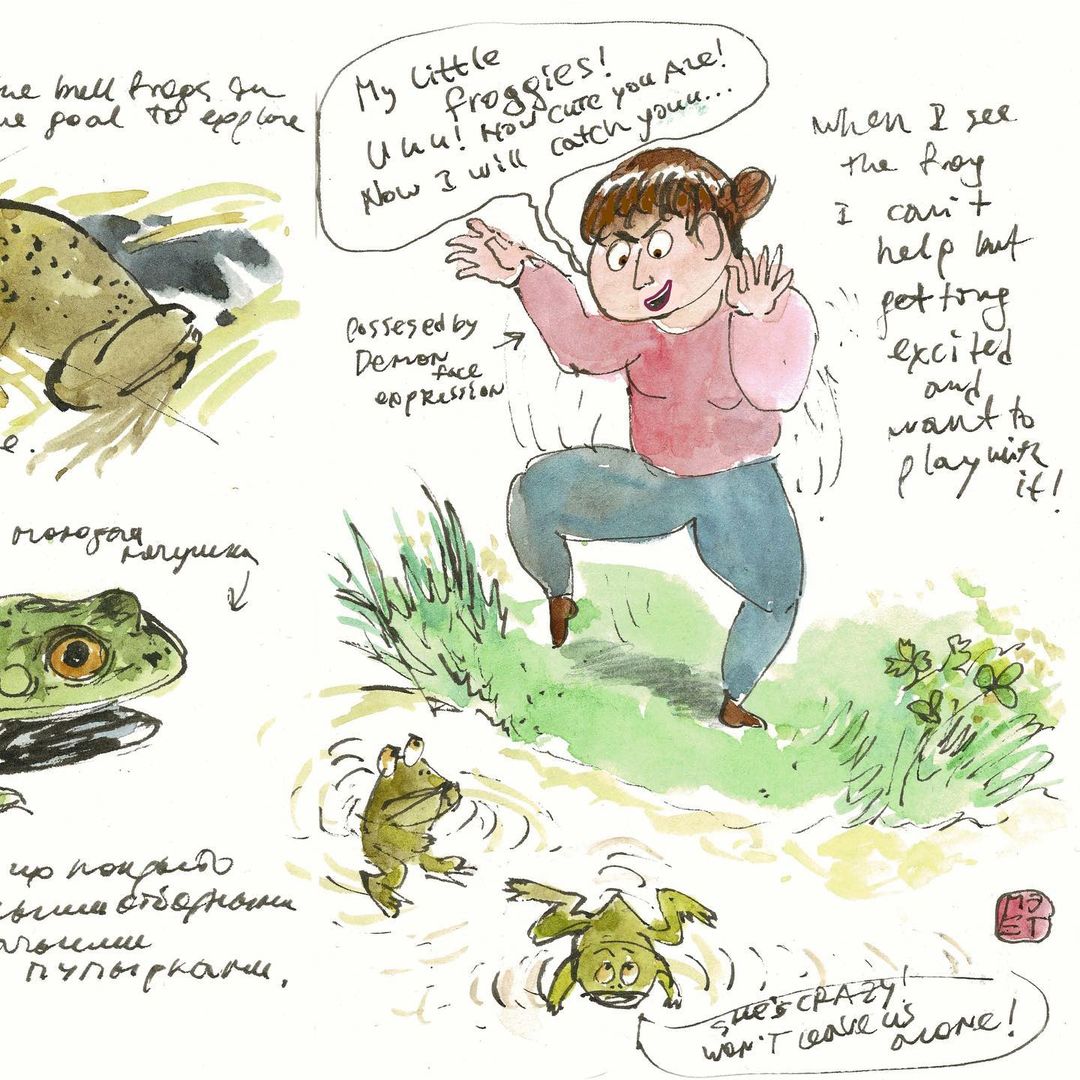
8. Any projects you recall that you feel are changing the landscaping game positively?
Recently I visited a project about green cemeteries managed by Humus Landscape Architecture. It was a no stone, no tomb concept. Instead, the developers use a native wildflower mat, a part of the existing ecosystem supplied by Nakada Nursery. These sprawling garden cemeteries are an impact-driven well-thought-out movement towards striking the sustainability balance.
9. Would you say we are headed towards irreversible destruction of our ecosystem, or can something still be done?
We are part of the problem and the solution. Our ecosystem is like the wooden Russian Matryoshka doll — one inside another perfectly nestled and irrespective of the size, each piece has its role.
Indigenous communities, for example, are on the verge of extinction, just like many species of plants and animals, which all make up the ecosystem unit. The threat is that the ancient wisdom about native plants and animals within these communities is not documented but passed on by word of mouth from one generation to another.
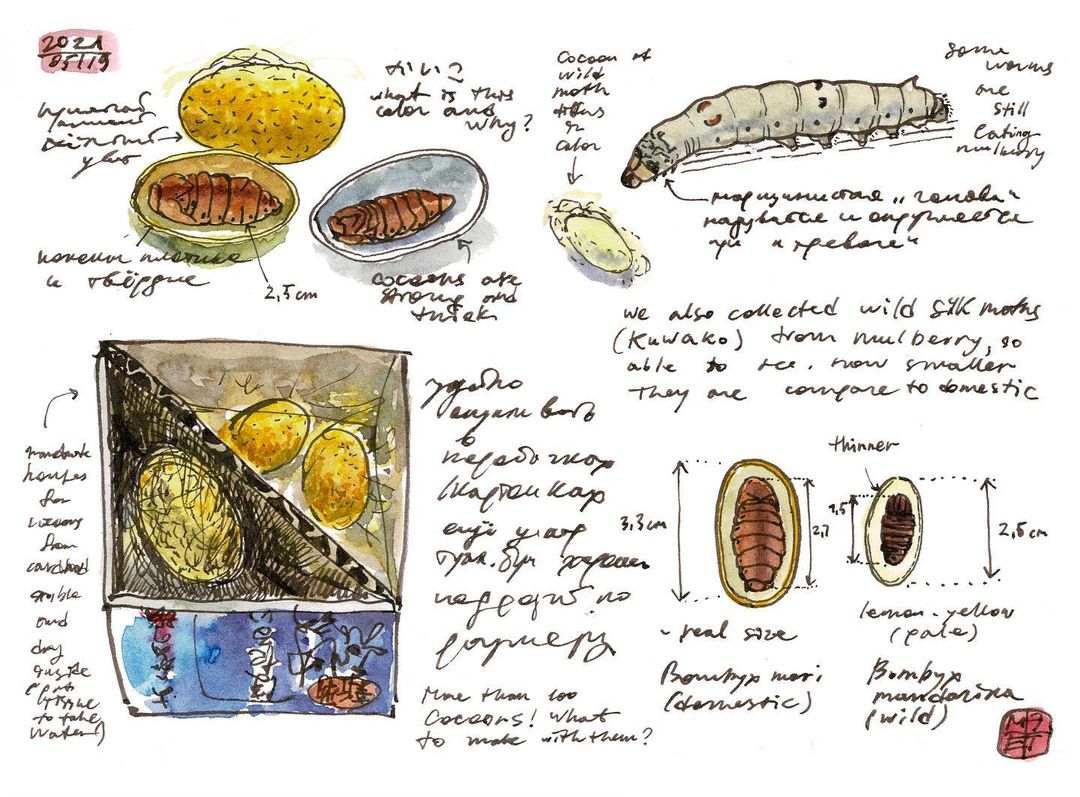
There isn’t one approach; excessive farming and chopping of woodlands is devasting for flora and fauna and often is the reason for straying bears in Japan. But at the same time, living off only foraged plants and vegetables can also create an imbalance, resulting in no food source for the woodland species. So, maintaining this delicate balance is the key we aim to achieve. I believe even farming is sustainable when done consciously. As an optimistic person, I feel the next generation will heal and restore balance. Nothing evolves itself better than nature.
10. Where can we find you on a day off?
Most likely I will be in a garden, observing plants and insects, sketching what makes me wonder with a side of my favorite summer lunch of tomato and cucumber salad and fresh dill. I love herbs and love how a few leaves bring out the most pronounced flavors in food. And you know what, even insects love dill.
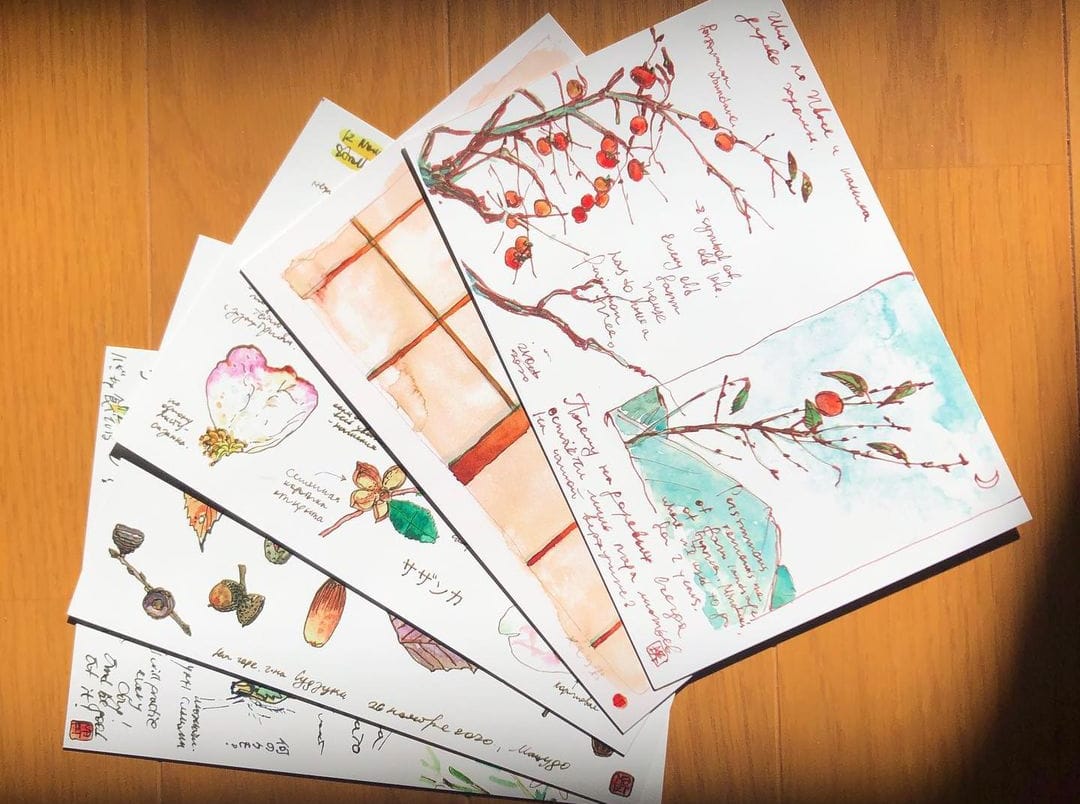
To connect with Mariia you can buy postcards with her sketches on Etsy or get in touch with her on Instagram.
Read another interview with an environmental scientist in Japan, as well as article on sustainability in Japan.
How Climate Change Is Directly Affecting Japan
Greenwashing in Japan – Sorting the Facts From the Fiction
The Race for 100% Zero Waste: Inside Kamikatsu’s Zero Waste Center in Tokushima

